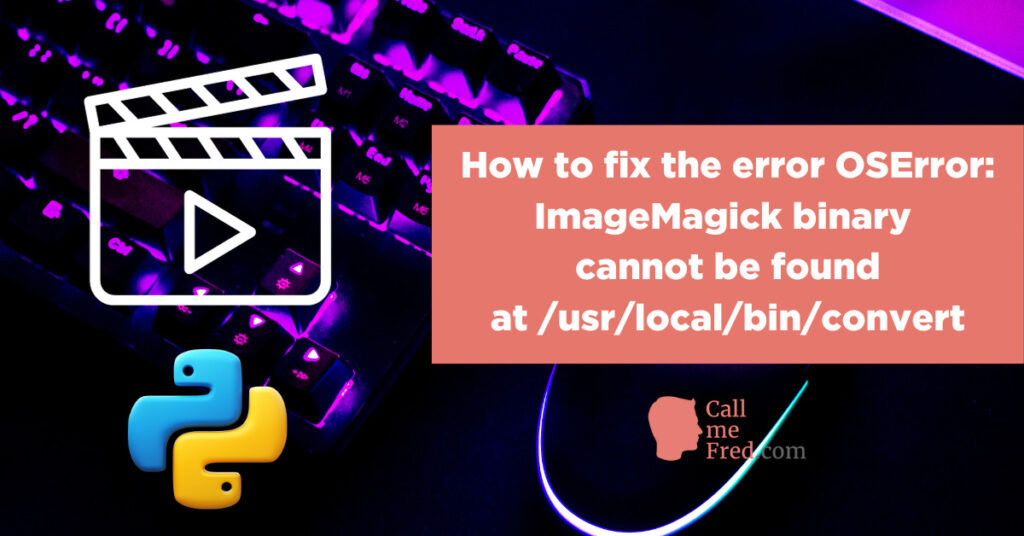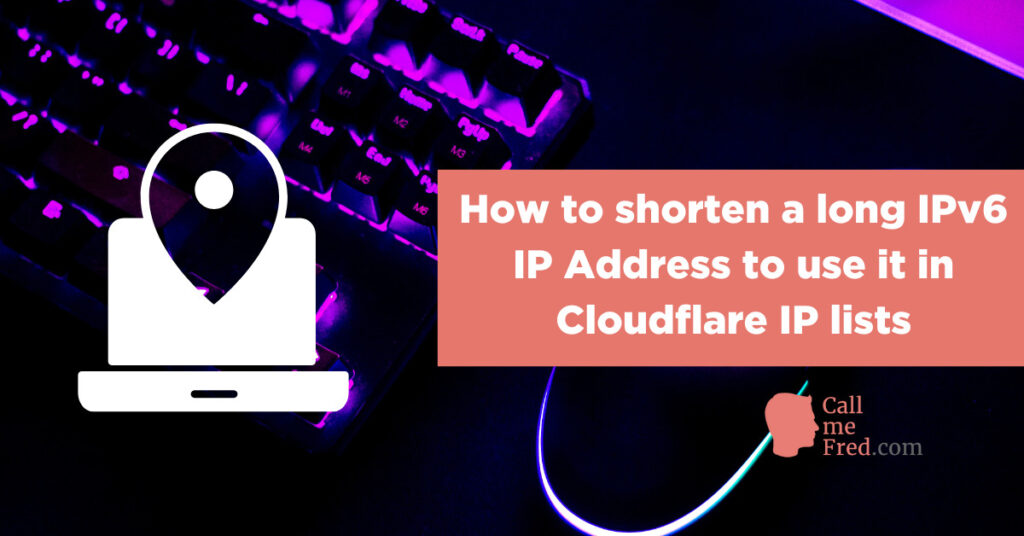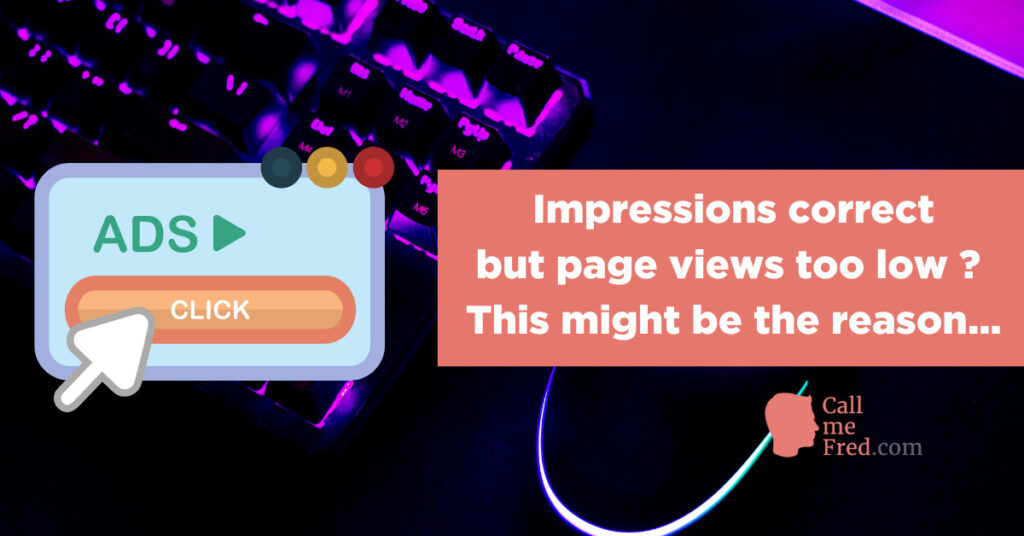Programmatic SEO is an emerging trend in Search Engine Optimization, focused on (semi)automated methods to scale your online presence through the mass creation of structured content addressing long tail keywords.
Programmatic SEO leverages publicly available data (such as location, business or nutritional info), annotated and enriched to provide value to the readers.
The premise is pretty simple: the multiplication of laser-focused pages increases your chances of ranking. Instead of trying to compete on head terms (e.g. “calories”), you compete on long tail keywords including “modifiers” (e.g. “grilled chicken calories” or even more focused “calories for a portion of 100g of grilled chicken”).
What does Chat GPT say about programmatic SEO?
Programmatic SEO refers to the use of algorithms and automation to optimize a website’s search engine rankings. This can involve various techniques such as using machine learning to analyze and interpret data, automating tasks such as link building and keyword optimization, and using artificial intelligence to improve the relevance and quality of a website’s content. Programmatic SEO can help businesses improve their online visibility and reach, and can be an effective way to save time and resources on search engine optimization.
Pretty spot on 😉
How to approach programmatic SEO?
Each niche offers programmatic SEO opportunities.
A programmatic SEO project will usually take the form of some sort of index, closely related to your vertical:
- a directory of independent vegan restaurants (for a vegan food vendor)
- a glossary of crypto-related terms (for a crypto exchange)
- a thesaurus of business-related notions (for a professional services provider)
- a collection of antique public domain illustrations (for a vintage products marketplace)
- a knowledge base of (CRM) SaaS-related FAQ (for a (CRM) SaaS vendor)
etc.
The granularity of the data will determine the focus concept of each page (e.g. a specific location, a specific notion, a specific question & answer). This focus will determine the content of key on-page elements:
- The title
- The URL slug (keep it short)
- The H1 headline and H2, H3,… sub-headlines
- The alt text of the featured image
- the alt text of the inline images
- The meta description
You need to aim for topical density (beyond keyword density) to maximize your chances of ranking. Advanced SEO platforms such as SurferSEO or RankIQ will help improve the depth and breadth of your content.
Step 1: collect & organize data
You should collect, via scraping, API calls and/or manual curation, structured data which will be the foundation of your programmatic SEO project.
“People Also Ask” suggestions from Google, which you can gather via SEOMinion or Keywordtool.io, are also a great source of inspiration.
You can adopt a dual approach: using structured data as the seed of your pages while leveraging PAA suggestions to complement the on-page content with a set of relevant FAQs. Make sure you properly answer those frequently asked questions, avoid at all costs AI-generated gibberish. Programmatic SEO should never be confused with cheap content spamming.
Google Sheet (or Airtable or Notion) is an easy way to organize and enrich your dataset.
Each row of your spreadsheet will ultimately seed a page of your site.
Isolate specific data points into dedicated columns, e.g. address, city, zip code, telephone, price range,… It will be easier to create modular text strings in your final template. Insert data selection drop downs when appropriate and ask a VA to annotate each row by picking the right option, for instance to select a restaurant type (family, business, date night,…) or a food category (if not provided in the original source).
To create a drop down selector in Google Sheet, use the Data Validation option, populated by the content of a dedicated sheet (listing the options of your drop down).

If your pages include tutorials, each step of the process should be isolated in a dedicated column.
Do not forget to illustrate your posts with original royalty-free illustrations. FreePik and The Noun Project are amazing affordable resources. If you’re looking for vector SVG logos (to illustrate brand pages in an index for instance), I recommend VectorWiki.
Step 2: generate original copy from structured data
You need more than isolated words and numbers on your content pages.
You should publish proper copy to avoid being flagged as “thin content” by Google.
By concatenating structured data elements and appropriate text snippets, you can generate original paragraphs which will enrich your publication while making it more readable by the users.

It is easy for instance to programmatically comment on a graph by mixing dynamic data points and descriptive copy snippets. You can either pre-process your final copy in the spreadsheet (before pushing it to your front end template) or on the fly when populating the template (you’ll need some coding skills). You can also leverage AI-writing assistants and basic spintax rules (with moderation).
Step 3: publish the content to your site
Depending on the CMS you’re using (e.g. WordPress, Webflow or a modern headless solution), you’ll have to follow a specific process.
For WordPress, you first need to create a custom post type, then custom fields and finally import the data into those custom fields with a plugin such as WP All Import.
You can also connect Python scripts to your WordPress site, as detailed in one of my latest articles.
When designing your template(s) architecture, make sure to pay attention to internal linking, which will help Google and other search engines crawl your pages.
When relevant, leverage the opportunity to create additional pages based on your structured data. For instance, regional hub pages, a brand index for brands mentioned on product / service pages, etc. All properly interlinked. Use the footer of your site to indicate the high level entry points to your content, this will help search engines in their initial crawling.
Bonus: offer a Search feature to your readers. If you’re using WordPress, there are plugins such as Search & Filter Pro and Ajax Search Pro. If you have full control on your frontend, solutions like Algolia and Elastic Search can easily be implemented by developers.
If you plan to publish a large number of pages (500+), I would advise to spread the publication across multiple weeks to avoid being flagged as spam content.
Page loading speed being a crucial ranking factor and an obvious UX advantage, I would strongly recommend to avoid WordPress for large scale programmatic SEO endeavours. You should contract a developer to code a dedicated front end connected to one of the multiple headless CMS solutions now available on the market (Check out this list on Jamstack.org). FYI, I’m currently working on a no-code solution at both ends of the publication flow (upstream: a tool to curate and feed data into a headless CMS. And downstream, a tool to build templates to expose data from any headless CMS). You can contact me if you’re interested in this concept.
Do not forget to generate and publish a sitemap, which will help search engines crawl your content. Be patient, your pages won’t be indexed overnight, it will take weeks if not months and there’s no guarantee that all pages will ultimately be indexed.
Add new data points, keep your content fresh
You might have forgotten a data point in your initial curation process (for instance the name of a manager or the creation year of a company). It’s not a problem, you can still annotate your database. If your pages are static (like this blog), you’ll have to push the additional data to the site, after adapting your template to display the extra info. If your pages are dynamic, the (adapted) front end will automatically source the new data from your database.
If some of your data is sourced via an API (for instance, crypto conversions or flight schedules), it will always be fresh. But you can also add extra rows to your initial dataset or update some of the data points. Relevancy and freshness are understandably key ranking factors.
Serious about programmatic SEO? Build an embeddable tool.
One of the best ways to scale your SEO is to provide an interactive tool and to invite prosumers to embed it on their website (which will give you a valuable backlink).
Creating such a tool requires some development knowledge or investment but it pays off when properly promoted. See for instance the widgets developed by Crystalroof, a blazing fast platform offering hyperlocal data around London neighbourhoods.
If your programmatic SEO project provides real value to the users, it’s worth promoting it to earn valuable backlinks, which will increase the authority of your site and accelerate your ranking progress.
Ideally, your project should be so valuable that it becomes a (bookmarked) destination in its own right.


 Subscribe to my weekly newsletter packed with tips & tricks around AI, SEO, coding and smart automations
Subscribe to my weekly newsletter packed with tips & tricks around AI, SEO, coding and smart automations







